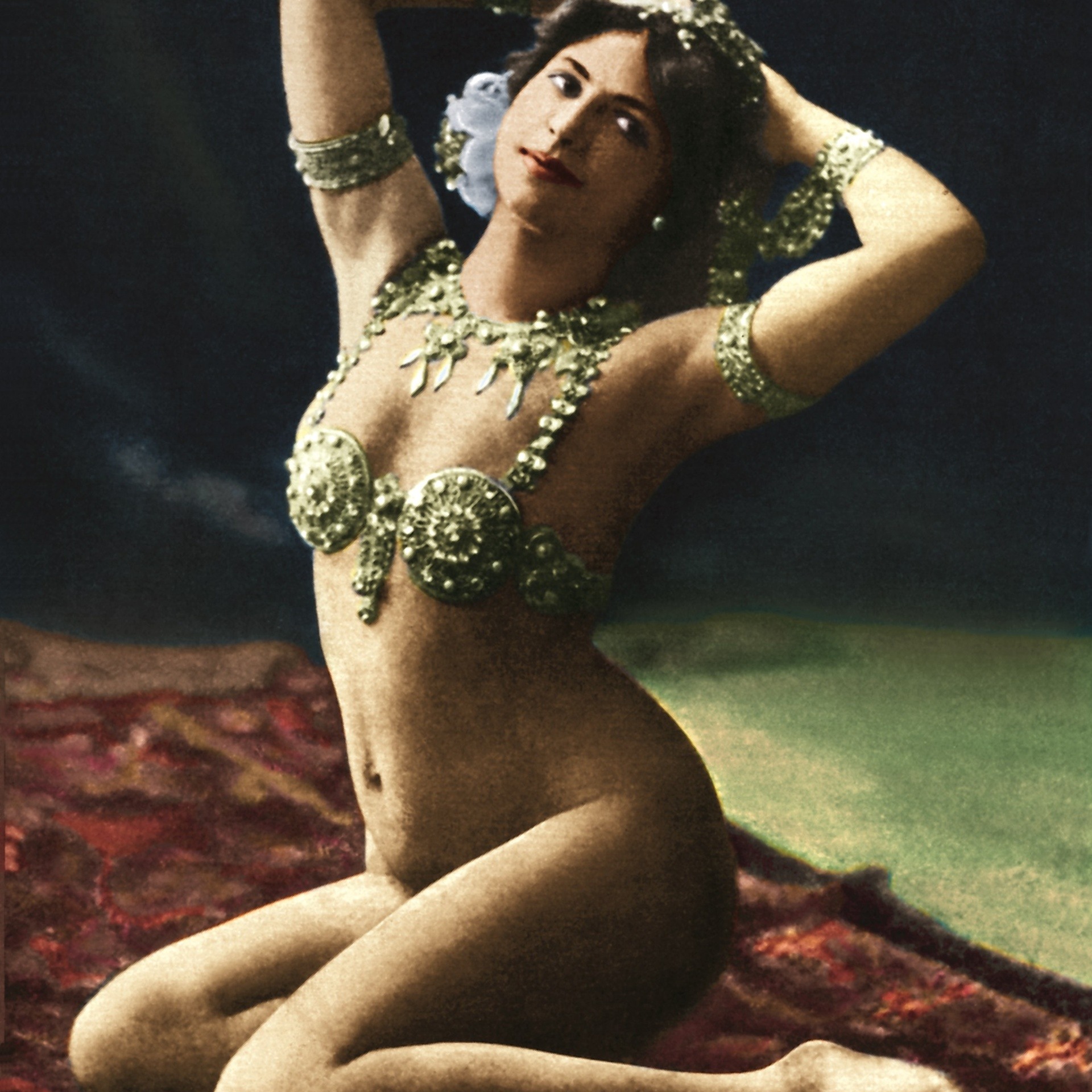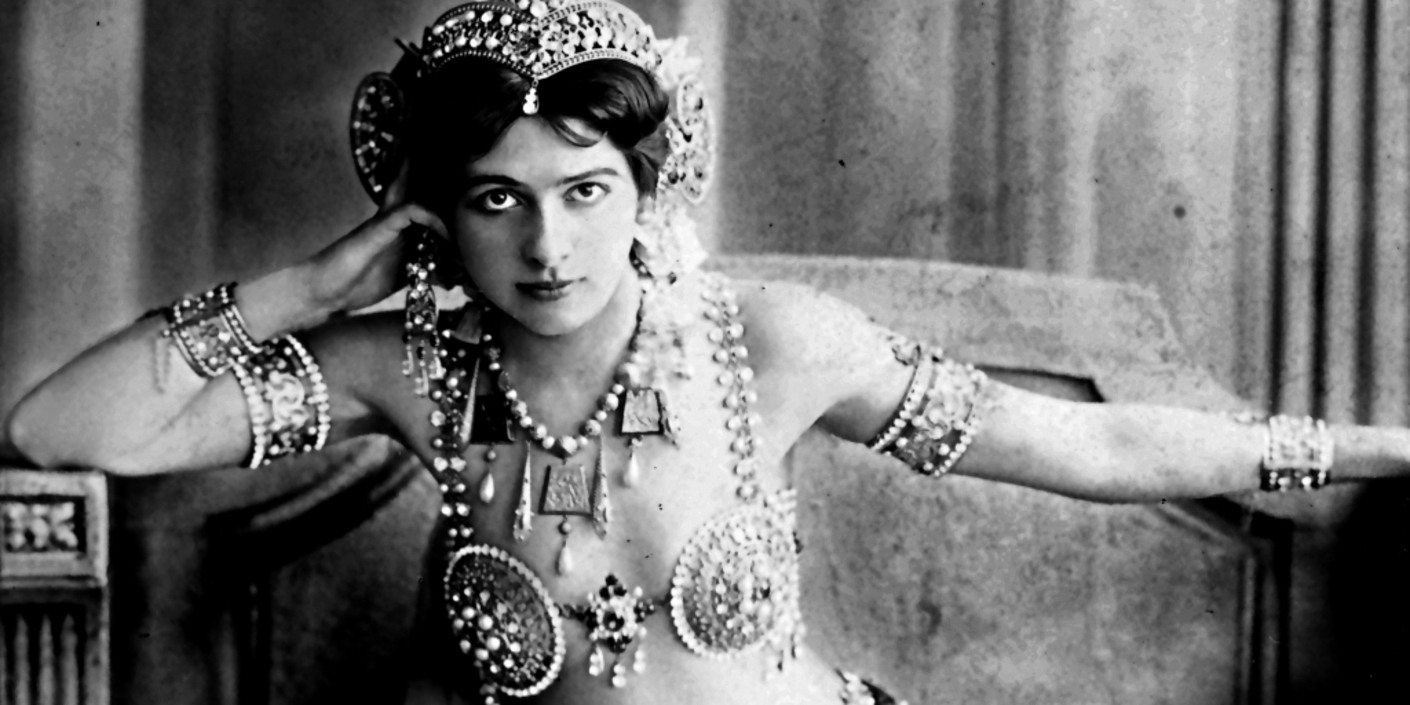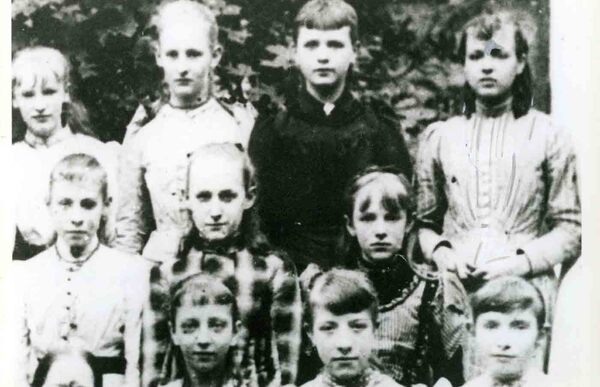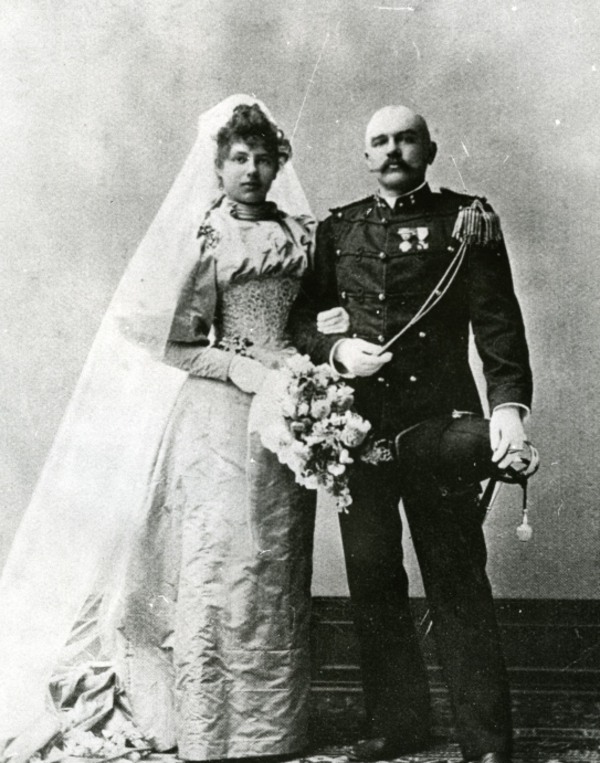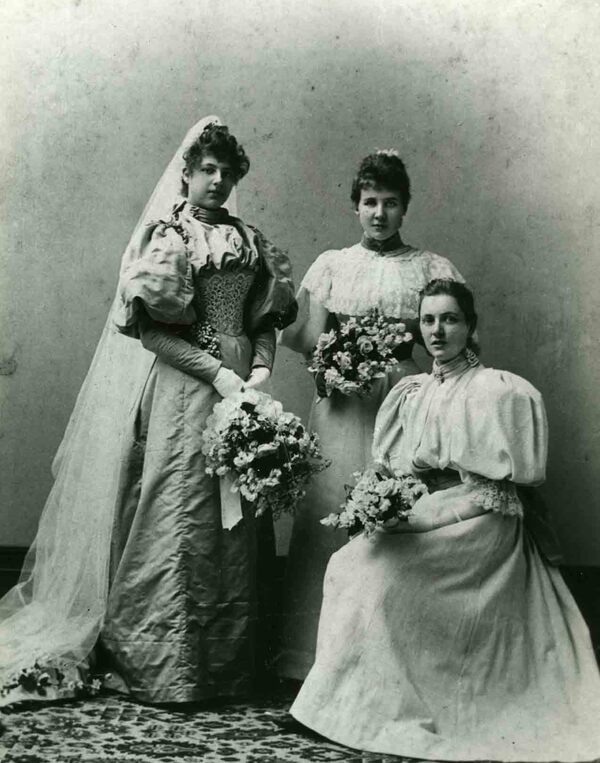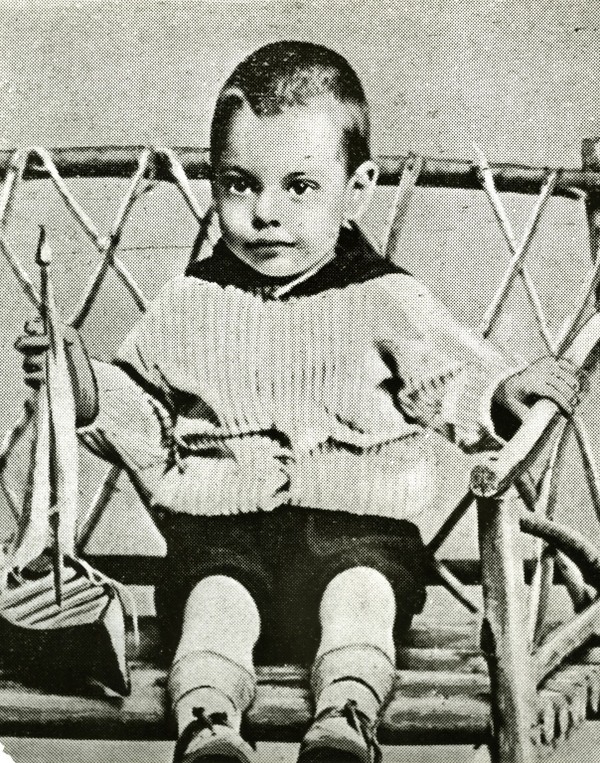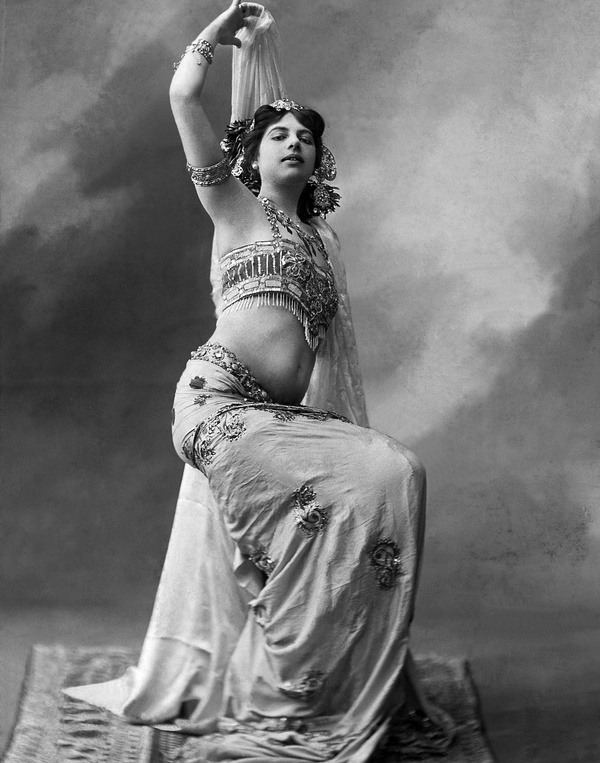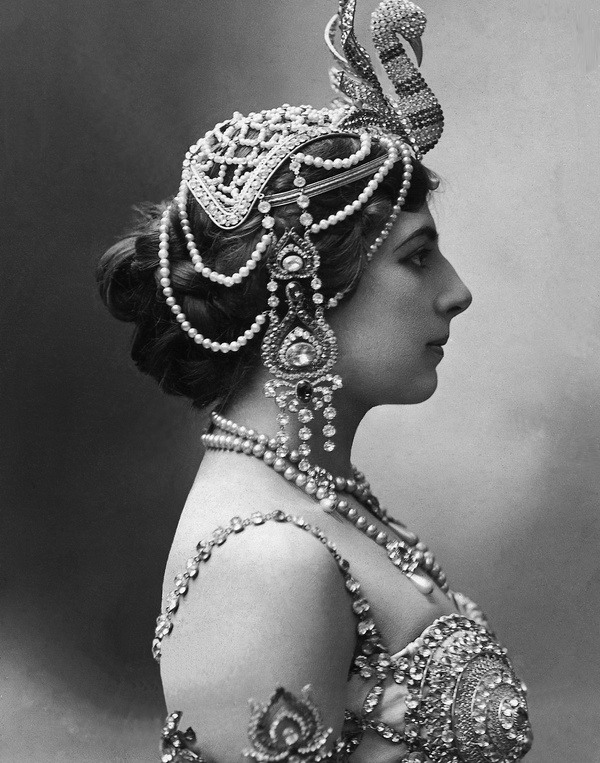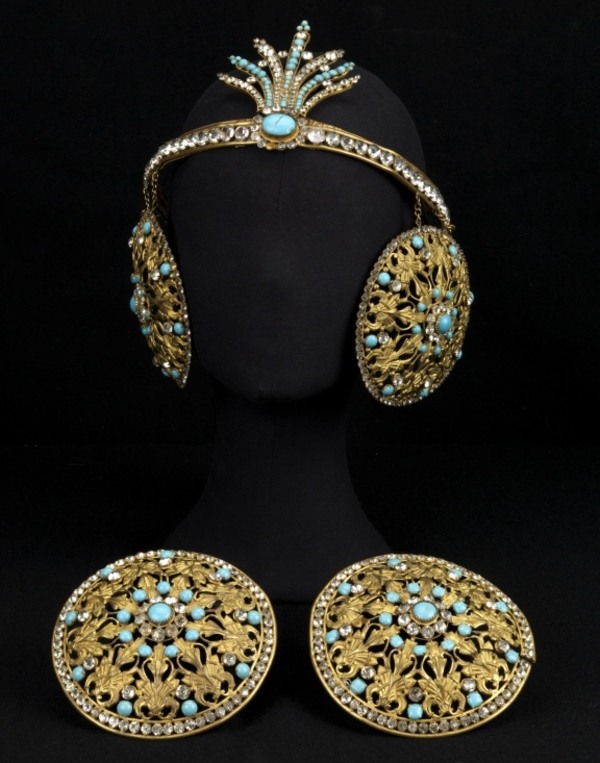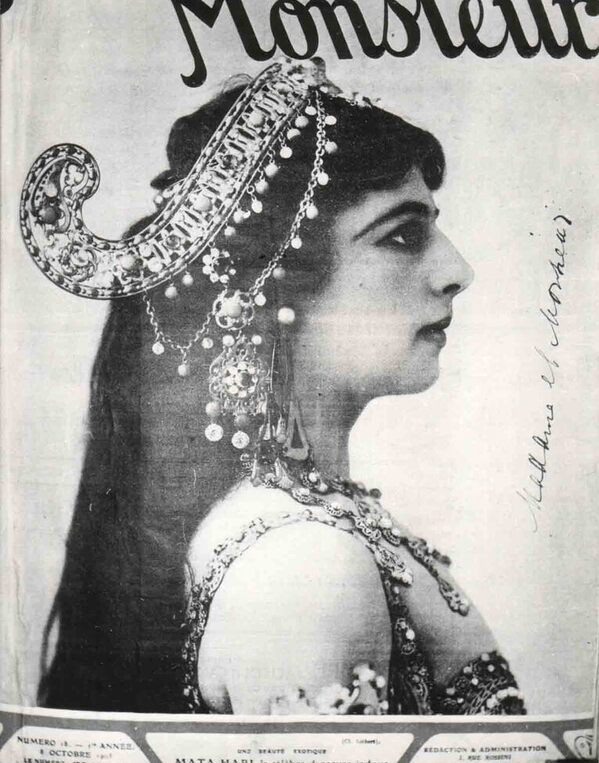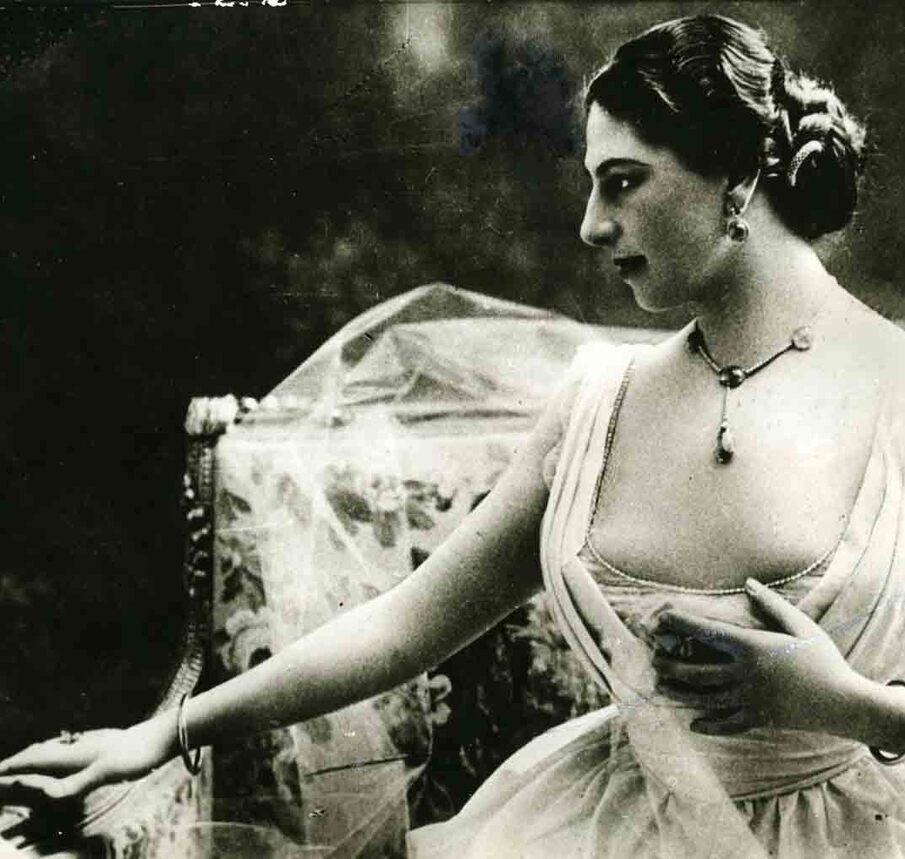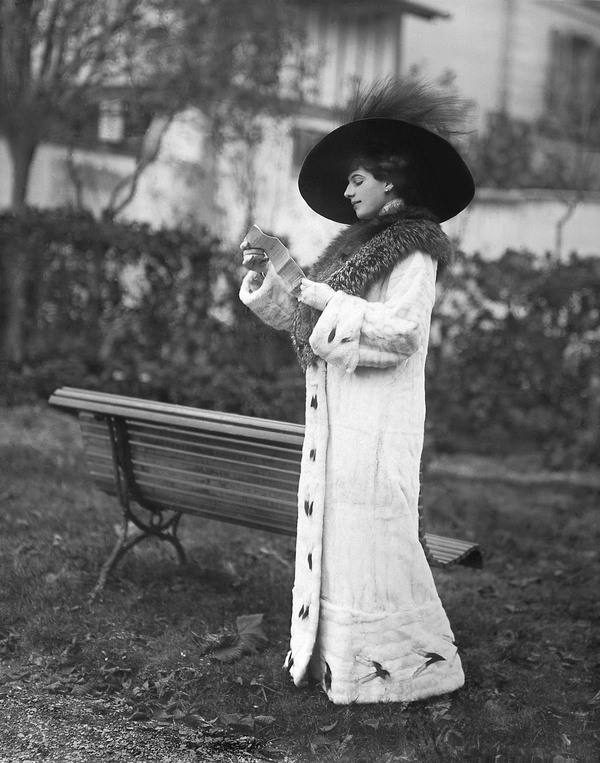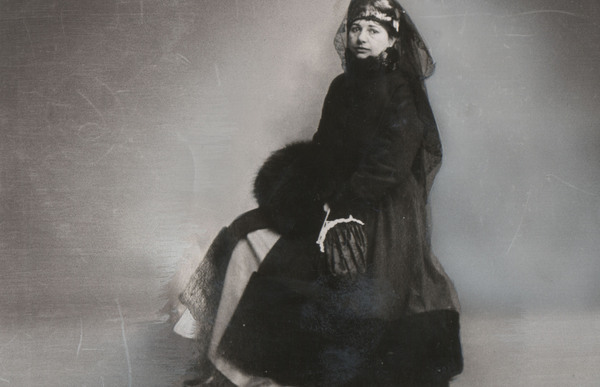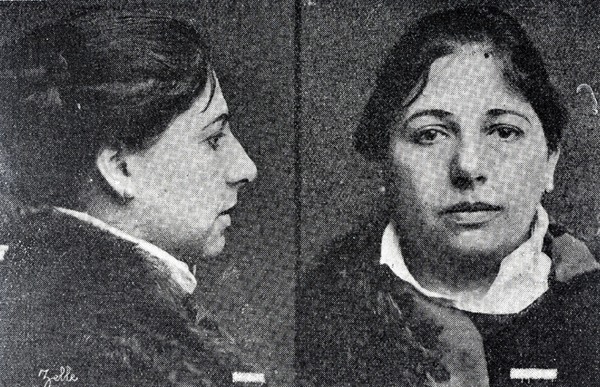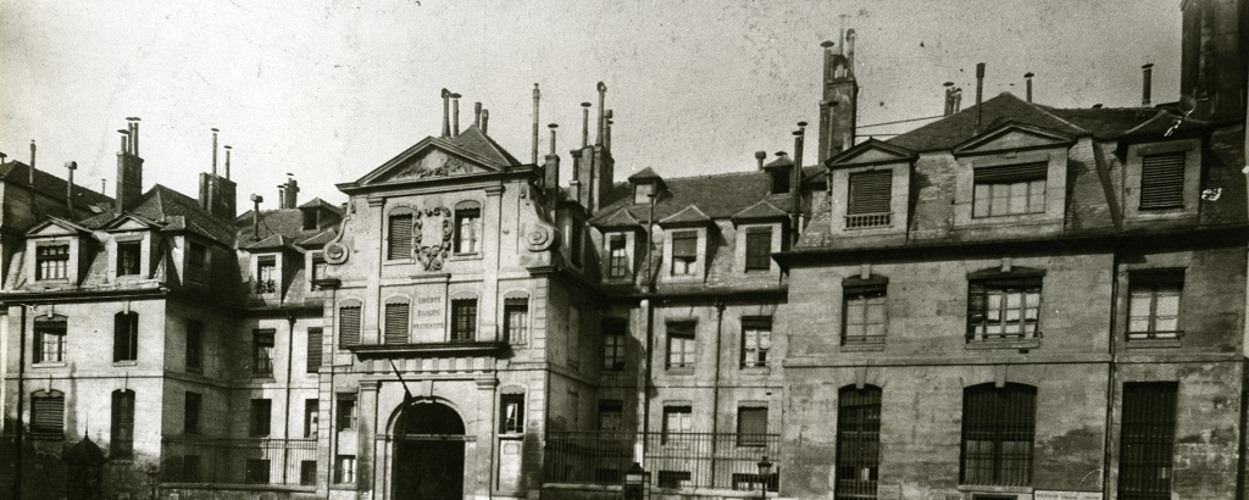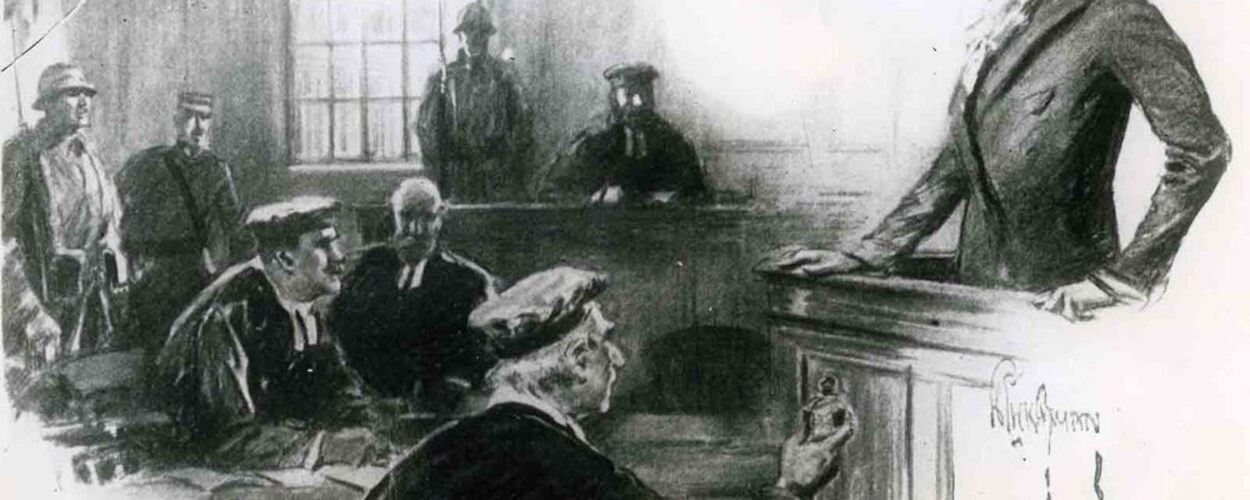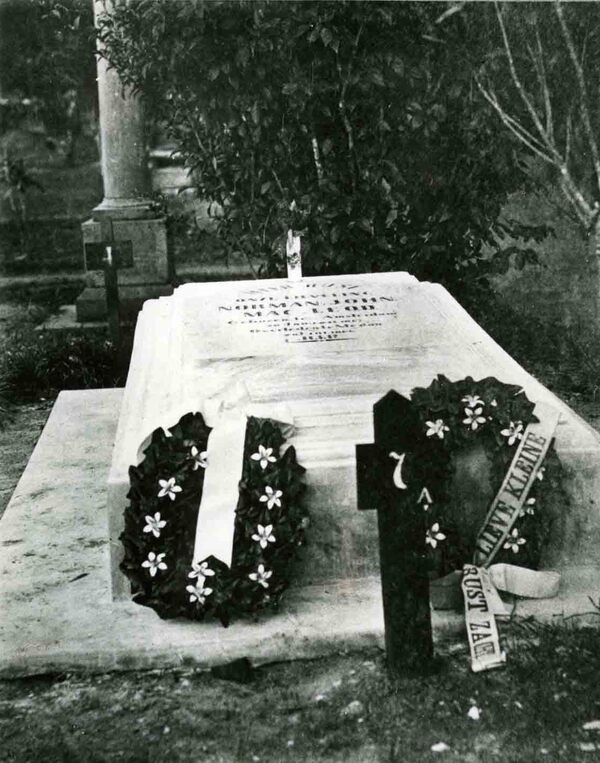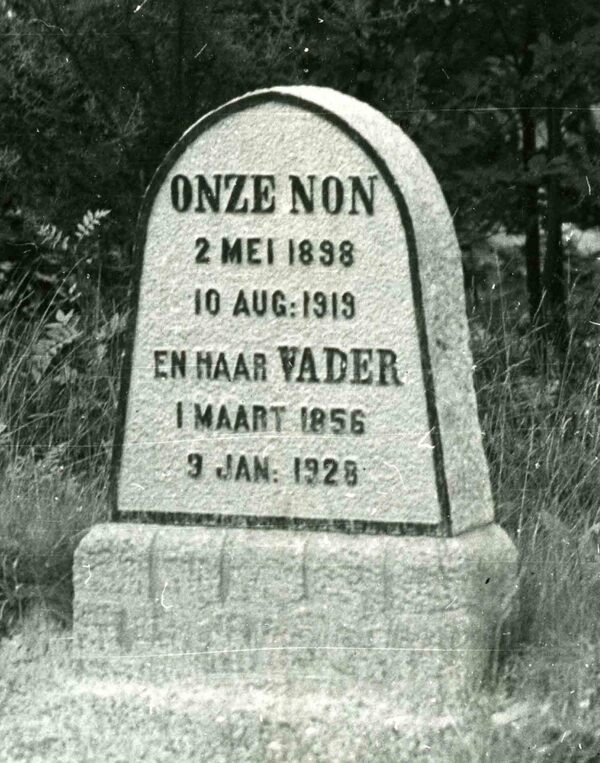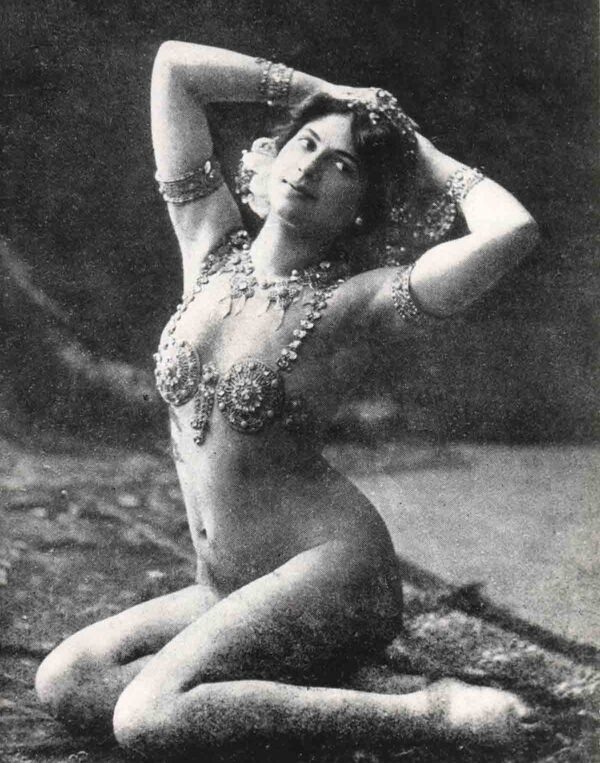spy in the war
On August 3th, 1914, Germany declares war on France. The First World War breaks out and everything changes. The lights are off and the show is over. Performing is no longer possible. Margaretha depends on her lovers for income.
Because the Netherlands is neutral, Margaretha is allowed to travel freely through Europe. She’s in Berlin when the First World War breaks out and there she is declared a citizen of the French enemy by the Germans. The bank freezes her assets and, to her indignation, Germany confiscates her belongings, including her precious fur coats. She leaves Germany to try her luck elsewhere.
But everywhere she goes, she attracts male attention. Also those of unwelcome parties: in no time she has the German, British and French intelligence services keeping an eye on her.
She wants to go back to Paris to get her dancing career off the ground again, but in vain. So she decides to go to The Hague again. What she doesn't know, however, is that wherever she goes, she's being shadowed by intelligence agencies: the British, the French, the Germans, they're all watching her.
One evening in May 1916, Margaretha receives a visit from the German consul Cremer in The Hague. He knows she is going to Paris and wants to recruit her as a spy. As a traveling artist, she is extremely suitable for this.
Cremer asks if she wants to collect intelligence 'of all kinds' as 'agent H21'. He already offers her 20,000 francs (about 50,000 euros). Although Margaretha thinks that's not enough, she still takes it - in her own words, with the plan never to do anything for the money. But she could use the money and after all, she sees it as payment for the fur coats the Germans stole from her in 1914.
Once she’s back in Paris, Margaretha resumes her glamorous life. Her many lovers are not the only ones here who love to see her. The French intelligence service also has her in their sights and she has been shadowed from the day after her arrival. All in the hope of catching her in pro-German activities.
